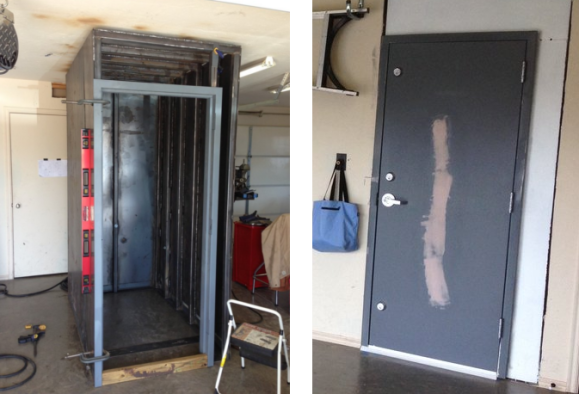
Yes, we all love portal guns and crowbars, but there’s one piece of video game paraphernalia that could conceivably be a useful piece of hardware for the modern technologist. It’s the Pip-Boy 3000, the wrist-wearable computer from Fallout, and now you can print on on your 3D printer.
All the pieces for this Pip-Boy are available over on Thingiverse. Included in those files are a dozen plastic parts that, when assembled, come together to form a wrist-mounted computer. You could, of course, print out a static image of a Pip-Boy screen for this build, but [dragonator] made a little addition to his model – he put in a space for a smartphone, so all your environmental sensors and inventory management also work with this 3D printed model.
This is far from the first wearable Pip-Boy we’ve seen, but it is the first that’s able to be fabricated on a 3D printer, and comes with the nice bonus of being the best phone case ever. It’s still a lot of work to put this together, but we’re going to say the results are fantastic.
You can check out the demo video of the Pip-Boy below.
Continue reading “3D Printed Pip-Boy, Geiger Counter Not Included”













